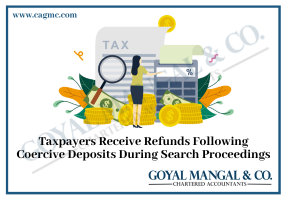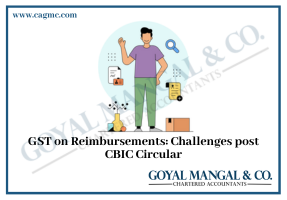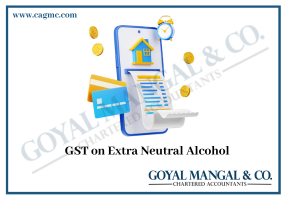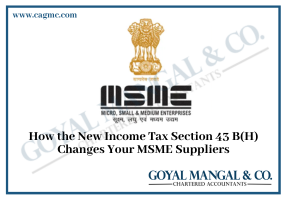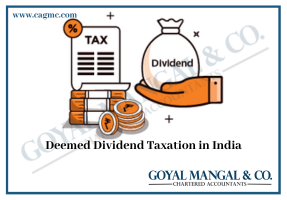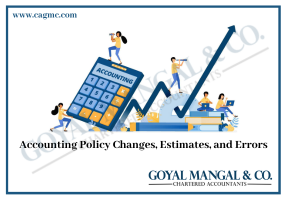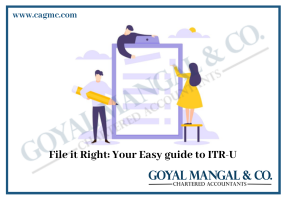
The Property, Plant, and Equipment (PPE) constitute some portion of a company’s assets and appropriate recording is crucial for making correct decisions. However, it is difficult to measure the PPE reporting as errors generally take over in detail. This comprehensive guide teaches you all an unravelling 10 common reporting errors in Property, Plant, and Equipment. Whether you are a full-time professional or a seasonal one, it is significant to identify the Property, Plant, and Equipment problems and solutions.
Table of content:
Overview of Property, Plant and Equipment
Property, Plant and Equipment is abbreviated as PPE and also known as Fixed Assets, which is the assets category on the company’s balance sheet. It represents tangible assets, long-term used in the operations or production of the business. These assets are expected to give economic advantages over an extended time, generally more than a year.
During historical times, there was a record of Property, Plant, and Equipment on the balance sheet. That includes the buying price and any additional costs to take the asset to its intentional use. After a time, as these assets are used, their value is reduced systematically by depreciation to reflect their decreasing economic usefulness.
Knowing the condition and value of Property, Plant and Equipment is significant for several shareholders such as management, creditors, and investors. As it gives insights into the organization’s performance capacity, investment, and overall financial health. Regular assignments like impairment testing, are performed to make sure that the carrying the value of these assets on the balance sheet appropriately reflects their recoverable amount or fair price.
Here is the certain breakdown of elements:
- Property: This includes land and any structures or improvements on the land. The land is taken as a non-depreciable asset, while the enhancement of land or buildings is subject to depreciation.
- Plant: This is a physical asset used in the manufacturing process. This can include manufacturing plants, machinery, equipment, and tools. These assets are essential for the operational activities of the business.
- Equipment: “Equipment” encompasses movable, tangible assets that are used in the daily operations of a business. This can include vehicles, computers, office furniture, and other tools necessary for conducting business activities.
What are the 10 Common Reporting Errors in Property, Plant and Equipment?
Here are 10 common reporting errors in Property, Plant, and Equipment, which is encountered by businesses:
- Misclassification of Assets:
Error: Placing assets in the wrong category (e.g., classifying land as buildings).
Impact: Distorted financial ratios and misrepresentation of asset composition. - Understating or Overstating Depreciation:
Error: Miscalculating depreciation, either underestimating or overestimating the asset’s useful life or salvage value.
Impact: Inaccurate valuation of assets, affecting profit margins and financial performance. - Failure to Recognize Impairment:
Error: Neglecting to assess and record impairments when the fair value of an asset falls below its carrying amount.
Impact: Overstated asset values, and misleading financial health indicators. - Inconsistent Valuation Methods:
Error: Using different valuation methods for similar assets.
Impact: Inconsistencies in financial reporting, lead to confusion and potential misinterpretation. - Ignoring Revaluation:
Error: Failing to update the value of assets in line with market fluctuations.
Impact: Book values may not reflect the true economic value of assets, impacting financial decisions. - Capitalization of Maintenance Costs:
Error: Incorrectly treating maintenance costs as capital expenditures.
Impact: Inflated asset values, and distorted financial statements. - Inadequate Disclosures:
Error: Neglecting to provide sufficient information about the nature and extent of PPE.
Impact: Lack of transparency, hindering stakeholders’ understanding of the organization’s asset base. - Improper Measurement of Asset Retirement Obligations:
Error: Failing to accurately estimate and record the cost of retiring assets.
Impact: Understated liabilities, leading to potential financial instability. - Lack of Regular Physical Asset Audits:
Error: Infrequent or inadequate physical verification of assets.
Impact: Increased risk of misstatement or loss of assets, compromising financial accuracy. - Non-compliance with Accounting Standards:
Error: Failing to adhere to relevant accounting standards (e.g., IFRS or GAAP) in Property, Plant, and Equipment reporting.
Impact: Legal and regulatory repercussions, erosion of investor confidence.
How to avoid 10 Common Reporting errors in Property, Plant and Equipment?
There are certain strategies to mitigate these errors:
- Execute clear and simple policies for classifying assets correctly.
- Conduct regular impairment tests, generally when there are indicators of potential impairment.
- There must be regular reviews and updates to depreciation systems and assumptions. The calculation must be appropriate and reflect the actual value of each asset.
- Set up constant valuation methods across similar assets, leads to transparency and uniformity in financial reporting.
- Must conduct periodic revaluations of assets to align their values with current market values.
- Explain and communicate clear policies for capitalizing expenses, and make sure that only costs meet the capitalization criteria.
- The financial statements are disclosed in context to PPE nature and extent. Transparency helps shareholders to know the composition and value of these assets.
- Conduct general physical assets audits to verify their existence and situation.
- To spend the company’s expense on accounting and finance training on staff to keep them up-to-date on best practices.
End Notes
Our exploration of 10 common reporting errors in Property, Plant, and Equipment has given a roadmap to examine potential breakdown. It leads to empowering financial professionals with the knowledge required to enhance integrity. By staying updated on PPE reporting, the companies cannot avoid common breakdowns, however, also leads to financial reliability and transparency. This guidance has enhanced the company’s financial reports to know the Property, Plant and Equipment problems and solutions.

